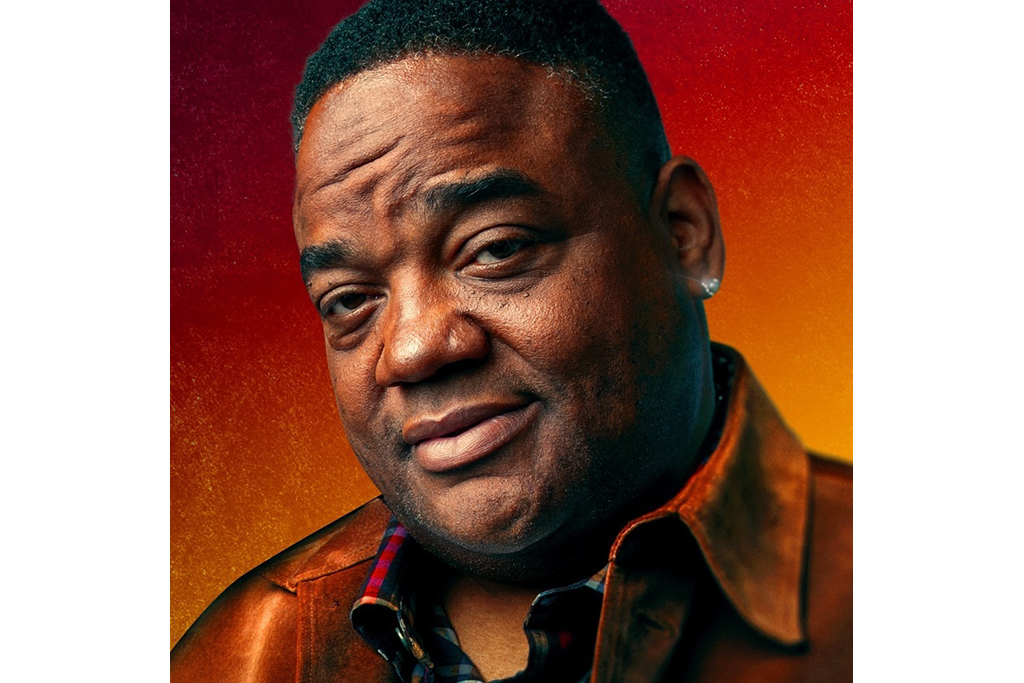Microwaves have come a long way since they were first introduced into homes as a quick and easy way to prep a meal, and so has our understanding of them.
Microwaves create electromagnetic radiation. “In the microwave, we expose food to these electromagnetic waves,” said Dmitriy Soldatov, professor in the Department of Chemistry at the University of Guelph.
The electromagnetic waves “induce rotation of water molecules,” said Soldatov, meaning water molecules start to move, and push other molecules around. This, said Soldatov, will make other molecules also start moving. “Basically, that’s what heat is,” he said.
Electromagnetic waves do not affect other molecules aside from water, said Soldatov, “This is very smart because any food will have some water molecules in it,” he said.
Here’s what that could mean for your food.
What does ‘microwave safe’ really mean?
If you flip your dishware upside down, you might find a note that says the material is microwave safe.
When it comes to claims that certain materials are in fact microwave safe, it’s important to understand when manufacturers deem something “microwave safe,” to begin with, said Soldatov, since it only means the material can be used in a microwave without it melting, decomposing or becoming deformed.
“It does not mean it cannot leach any chemicals into food,” he said.
Is BPA-free plastic safe to microwave food in?
BPA-free plastic, is safer, but still not the safest material.
When deciding what is safest, “we should look at what could cause toxicity,” said Soldatov. In general, plastics are pretty safe, he said, “but it really depends on the plastic.”
“Plastic is a polymer. When soft polymer molecules start moving, heated, they themselves would not typically produce any toxicity,” said Soldatov.
What could produce toxicity, he said, is if there are some “bad chemicals in those plastics,” adding those harmful chemicals, could leach into the food from the container. Once these chemicals get into food, they could interact with body physiological function, said Soldatov.
In particular bisphenol A, — commonly referred to as BPA — a chemical used in producing certain plastics, has the potential to interact with the “current system body,” which basically controls a lot of physiological functions, he said.
What about sous-vide?
If choosing to sous vide — vacuum sealing food in plastic bags, and cooking it immersed in water — Soldatov said to be extra vigilante you aren’t using materials that can leach chemicals as things cook.
“Sous-vide implies longer cooking times, so one would have to be more careful in selecting suitable kitchenware,” said Soldatov.
Instead of using plastic bags to sous-vide food, opt to use glass containers like canning jars, brand names like Pyrex, or any other heat-resistant glass.
If you prefer to use a bag, consider switching over to a reusable silicone bag instead. Ziploc brand has branched out from solely BPA-free plastic to now offering silicone pouches and containers, made to be able to go from the freezer to the oven in temperatures up to 425°F or 218.3°C, according to a Ziploc spokesperson in an email to the Star. The silicone can also be washed in the dishwasher and reused, read the statement.
If you want to stick with using plastics to sous-vide, be sure to use BPA-free plastics.
“Glass or silicon will be even better,” Soldatov said.
Alternatives to plastic plate covers for use inside your microwave
If you are making the shift to only microwaving your food in alternatives to plastic, make sure you are eliminating all other sources of plastic from the microwave, too. Microwaving food underneath plastic, if not BPA-free, can also leach chemicals into your food. If you use a microwave plate cover meant to keep the inside of your microwave safe from splashes and easier to clean, consider using a heat-resistant glass or silicone sheet, instead.
‘I would say that glass in any scenario, would be absolutely the safest,” said Soldatov, “If somebody is very concerned … use glass without any problems,” he said.



